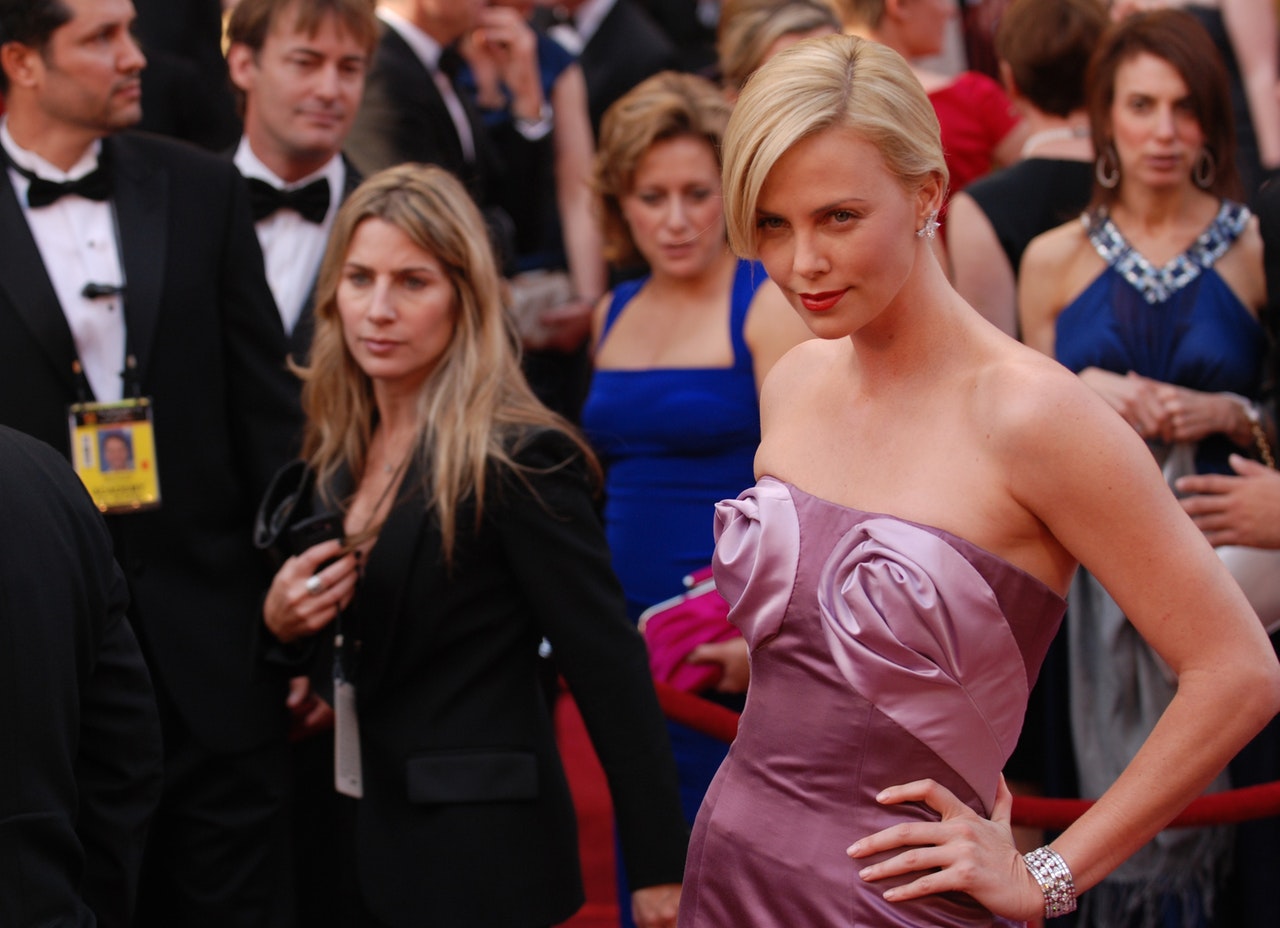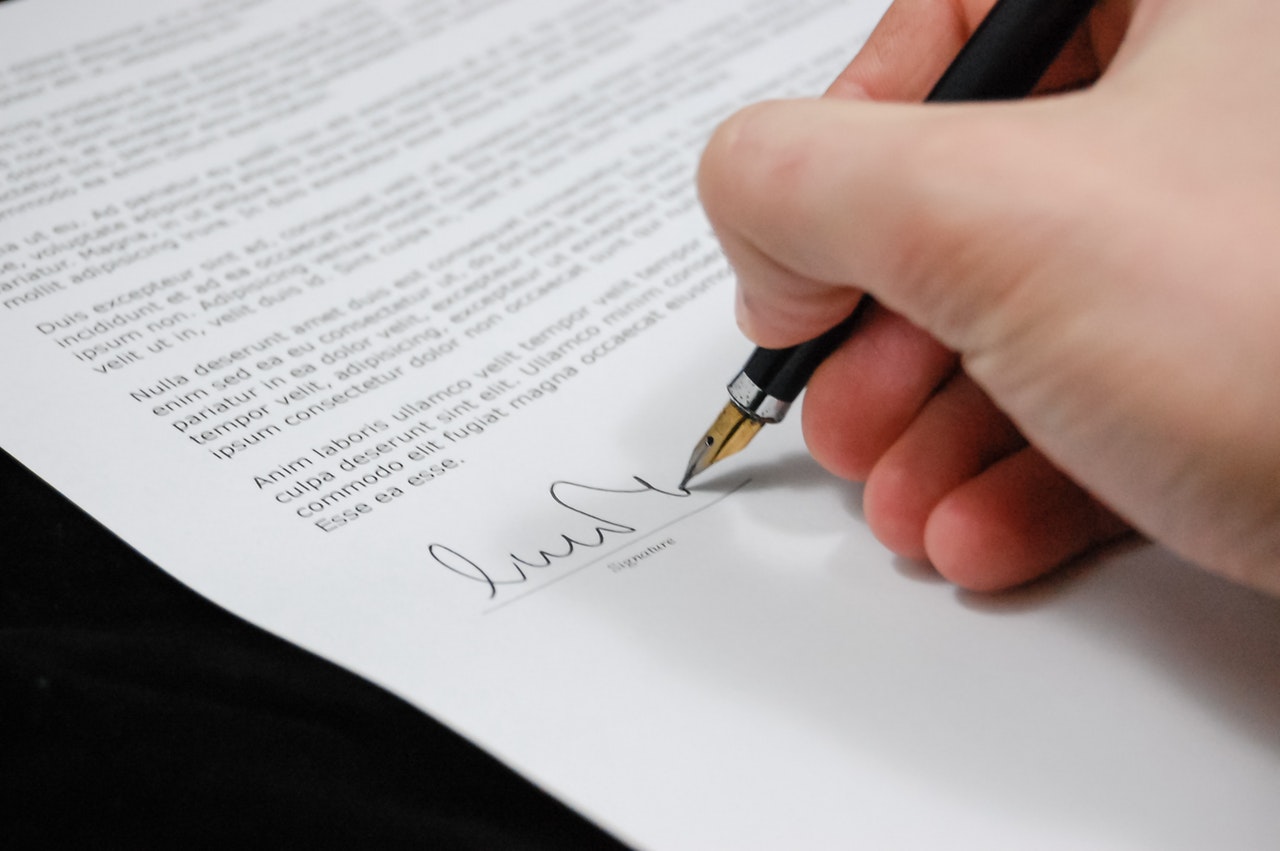“Editorial” and “Royalty-free” are some of the most frequently used words in microstock world. But what do they mean? In this blog post, we will explore the key characteristics, usage rights, and practical applications of both editorial and royalty-free photos.
Table of Contents:
Differences between editorial and royalty-free photos
The main difference between commercial and editorial license is how the content is permitted to be used.
Editorial photos often capture real-life events, people, or places. It is the other side of the coin from commercial since editorial content cannot be used to sell, promote, or monetize a business, product, or service. Under editorial license, your media content can generally contain logos, business names, and recognizable people without model releases. They’re perfect for news articles, magazines, and other informative materials. On the other hand, royalty-free photos can be used for various commercial purposes, such as advertising and marketing. These photos often have a more polished and visually appealing look, and may require model or property releases depending on the content.
To illustrate the difference, some examples of commercial and editorial usage can be found below.
Commercial usage examples
- Advertising in print and digital media campaigns
- Marketing and promotional materials
- Corporate presentations and brochures (both in-house and for the outside public)
- Commercial websites
- Product packaging
- Commercial Film and Television
- Commercial Books and book covers
Editorial usage examples
- Newspaper and magazine articles
- Editorial features
- Blog or website (for descriptive purposes only)
- News broadcasts
- Documentaries
- Academic textbooks
- Academic: essays and journals
Uploading editorial photos
All major microstocks accept editorial photos. Some microstocks even have an option to consider your submission as editorial in case it will not pass the “commercial review”. Keywording and uploading process is no different from royalty-free counterpart with the exception that to the latter you might need to attach model or property releases. Otherwise it’s up to the agency itself how will it sell them to customers.
How much editorial content earns
We’ve published a detailed study on how much exactly editorial content earns comparing to commercial one. A bottom line is that accounted for about 6% in total earnings (with commercial having 94%), but it has it’s important place in the portolio. Check out the blogpost to learn why.
Turning Images from Editorial into Commercial – 5 Hacks
Editorial content can bring you some income (especially on Alamy, which caters to predominately European editorial buyers), but buyers generally find images with restrictions confusing, and some tend to avoid such images altogether.
Therefore, to increase your chances of making sales, it makes sense that you should try to make your images commercially available, when possible, even if they appear to contain identifiable people and/or property.
Cloning people over when possible, using Photoshop
Sometimes you can clone background over people on the photo, thus removing the need of model releases. But you have to be careful to make this cloned background not interfering with the other parts of the picture.
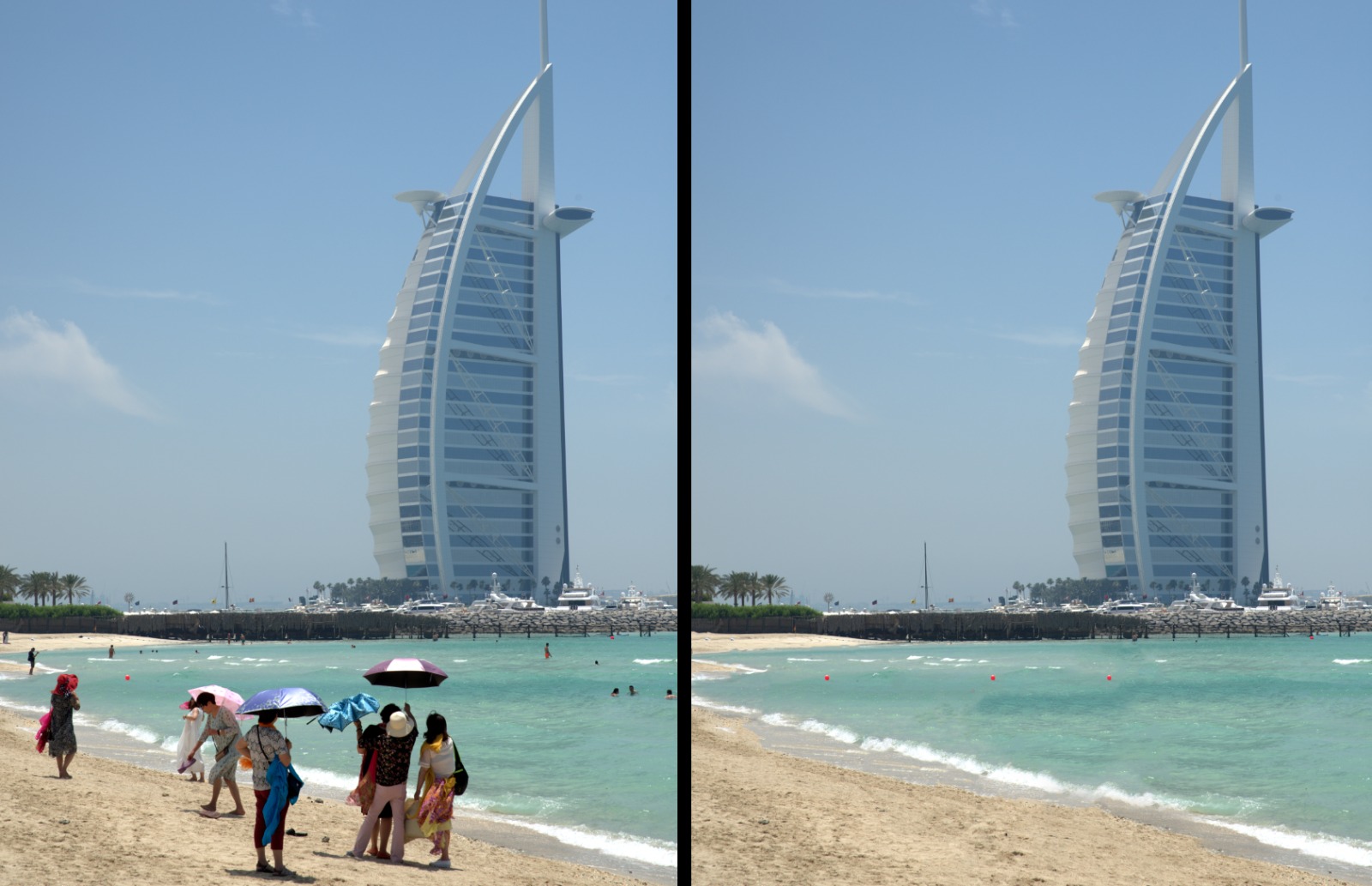
Left - original photo. Right - after cloning the background over the people.
Deliberate blurring / bokeh effect
In the following case, it would defeat the purpose of the image to clone out everybody. Therefore, adding deliberate blurring effect does the trick for some agencies.
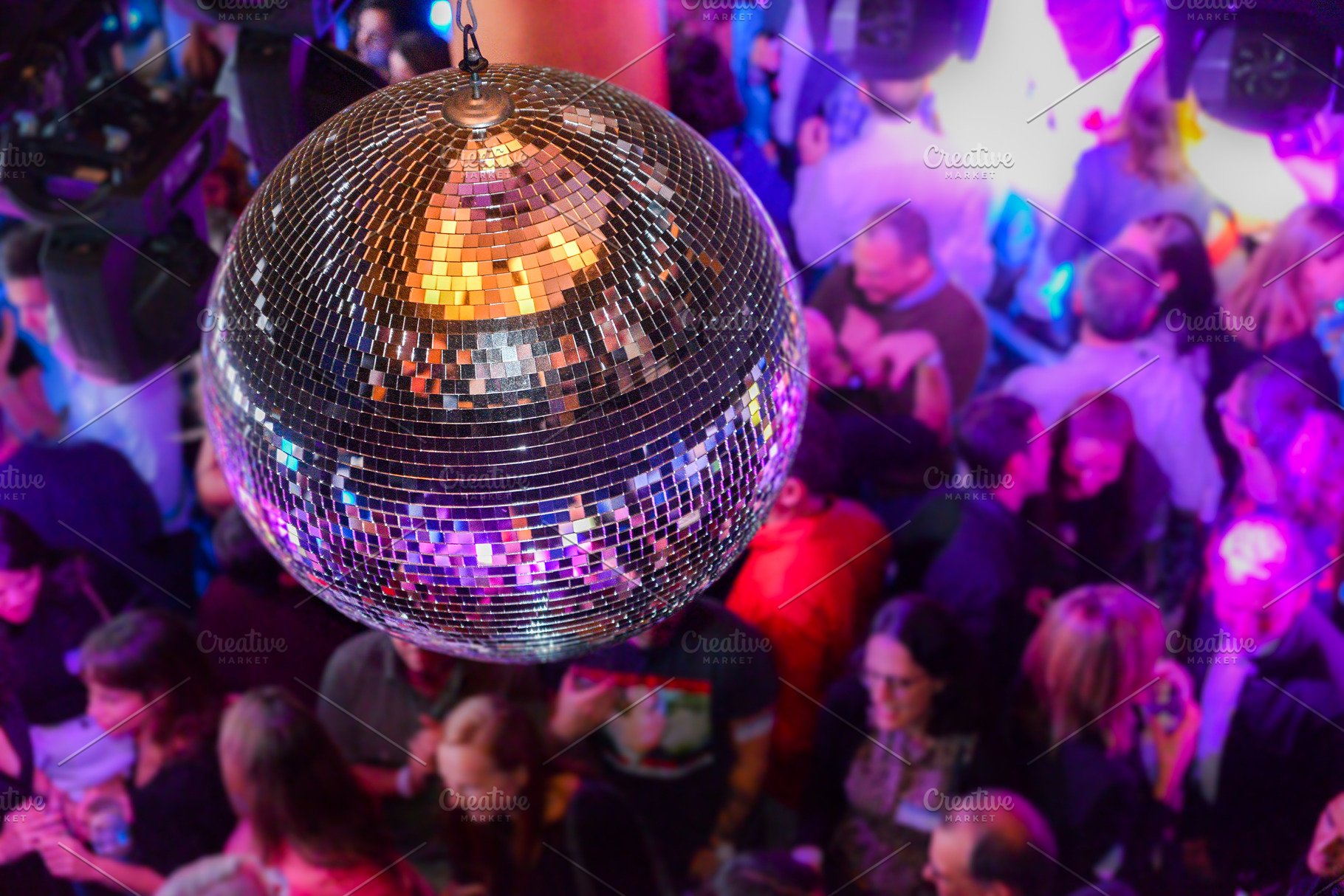
Blurring everything except of the main object makes people unrecognizable
Cloning out logos or identifiable writing
Logos or identifiable writing that may be confidential, when possible, can be cloned over as done with the logos on the ginja bottle and sign. This would also work for cityscapes.

Wine bottle logo was cleared using post-processing cloning
Modifying images by cropping them to exclude identifiable people or property
In the below case, cropping selectively to focus on the man’s hands and avoiding his face, although some agencies may have issues with the design of the carpet if you try to license the image commercially.
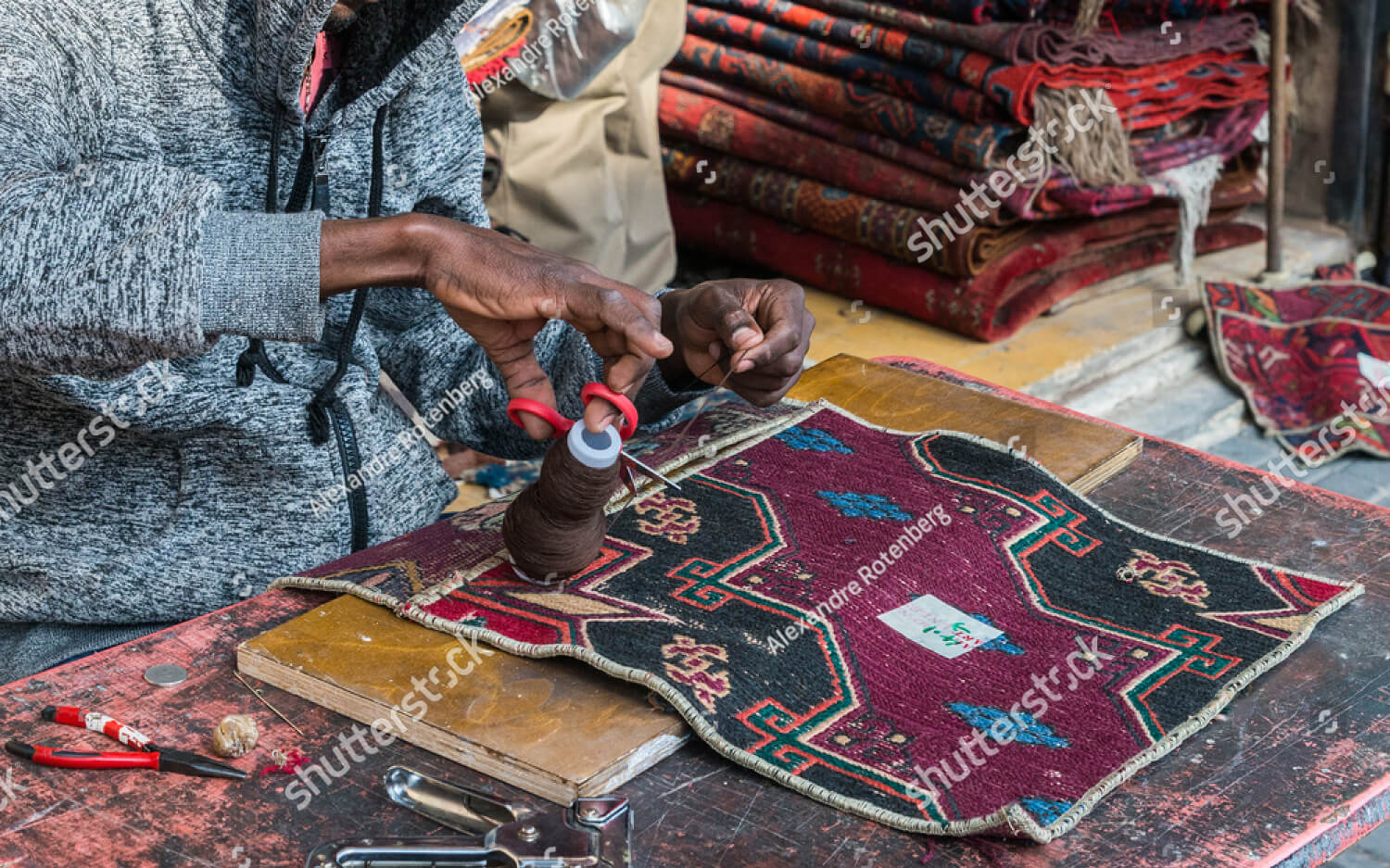
Cropping man's hands only
Creating a silhouette effect and having your model pose with his/her back to the camera

You can read in more detail about techniques and approaches of turning editorial images into commercial ones here.
Conclusion
Editorial photos capture real-life events and are ideal for informative materials, while royalty-free photos are more versatile and used for various commercial purposes. Both types of images can be uploaded to major microstocks, though editorial images may have fewer restrictions. To maximize sales potential, it’s beneficial to make images commercially available whenever possible by obtaining model or property releases.

